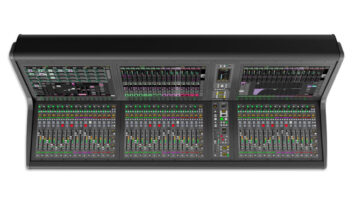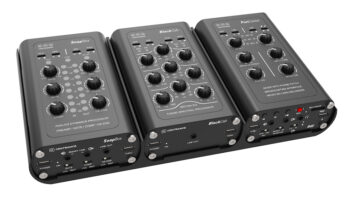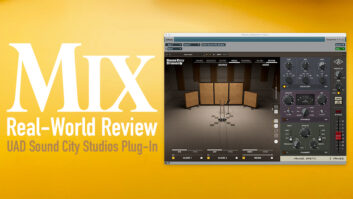“I don’t need the drummer telling me how to mix a record!”
That was recording/mixing/mastering engineer John Cuniberti’s succinct comment (calm, yet stern) to those of us in the control room as he worked on a single for a band I was in back in the early ’90s.
I happened to be the enthusiastic 20-something drummer in that group who, for a moment, forgot my studio etiquette and commented on what I perceived to be a major change in the drum sound. Of course, the decision wasn’t mine to make in this part of the process. Although I had a full vote for band-related business, the hierarchy that day was defined—the mix was his domain. So I shut up, left the control room and let the man (himself, an experienced drummer) do his job.
Was I pissed off? Hell, yeah. Nothing is more embarrassing than being called out in front of your mates. But I also knew that he was right. And, of course, he knew what he was doing and delivered a killer mix.
Interpersonal Bull%#*^
One thing that doesn’t get talked about enough in our business is dynamics—between the artist and the producer, the artist and the engineer, or among the band members themselves. Even in the best situation, a session can get tense, and having some prior understanding between all parties involved can help avoid a certain amount of conflict.
As if foreshadowing reality TV, a wonderful example of how a session can devolve is the infamous recording of The Troggs having at each other in the studio, completely unaware that their miserable behavior is being recorded for posterity (all 11-plus minutes of it is on YouTube, of course). At one point, a band member wishes they had a producer involved in cutting the single, someone to make the decisions and “put a little fairy dust over the bastard.”
One common comment successful producers and engineers make about their job is that it involves working with the artist, with nearly every connotation of that verb up for grabs. That’s because, frankly, artists can be a pain in the ass. (I realize, I’m being generous here.) Many musicians are completely self-absorbed and can be very difficult, but hopefully they have enough of an awareness of the recording process to keep it from getting bogged down by the types of distractions we’re all familiar with. The pros who surround the artist in the studio have to know the psychology of what’s going on at every moment and be able to read the situation as it unfolds, while at the same time knowing the boundaries; it’s not unlike being a politician or an elementary school teacher, depending on the client.
For example, experienced engineers and producers know that the creative process brings out insecurities in an artist, which can lead to all sorts of consequences if they’re not checked—from an inability to get a part right to sabotaging the session. For the people on the other side of the glass, a big part of the job is keeping the artist in the zone, maintaining the positive energy and forward momentum, and doing so transparently, without sounding condescending or patronizing. A musician’s mood can suddenly change for the worse due to, say, the tone of your voice in a constructive comment or the look on your face during or after a take.
As with any successful relationship—and don’t kid yourself that making a good record doesn’t require a certain level of intimacy—mutual trust must be established. And the earlier it is, the better. Those fences that make good neighbors, metaphorically speaking, need to be solid if the production is to go smoothly.
Who Gets the Last Word?
More often than we care to admit, the person having final say over each part of a project isn’t clearly defined. In work-for-hire and other professional situations, the hierarchy is set from the beginning. However, in the more communal atmosphere of a band, the parties involved may think there is a shared understanding about who gets input at each stage, which may or may not be true. And unfortunately, just broaching the topic can sow the seeds of mistrust within a collection of fragile egos, so it has to be handled carefully yet directly.
Among the most successful experiences I’ve had in this situation was where the recording engineer, who was not paid to produce, asked us upfront (but in a relaxed way): “Who signs off on the mixes?” Great question, we all thought: Let’s figure it out. Done. “Okay, who gets final say about whether we have a keeper rhythm take?” That’s easy—done. And so on.
What I realized after the album was in the can was that this woman knew how to organize us in a clear and concise way, without raising suspicions and before any hot-headed issues came up. She also knew how to manage the interpersonal dynamics by giving everyone their chance to give input, but with the clear understanding of who was in charge of each decision. Even the enthusiastic drummer could safely have his say.







